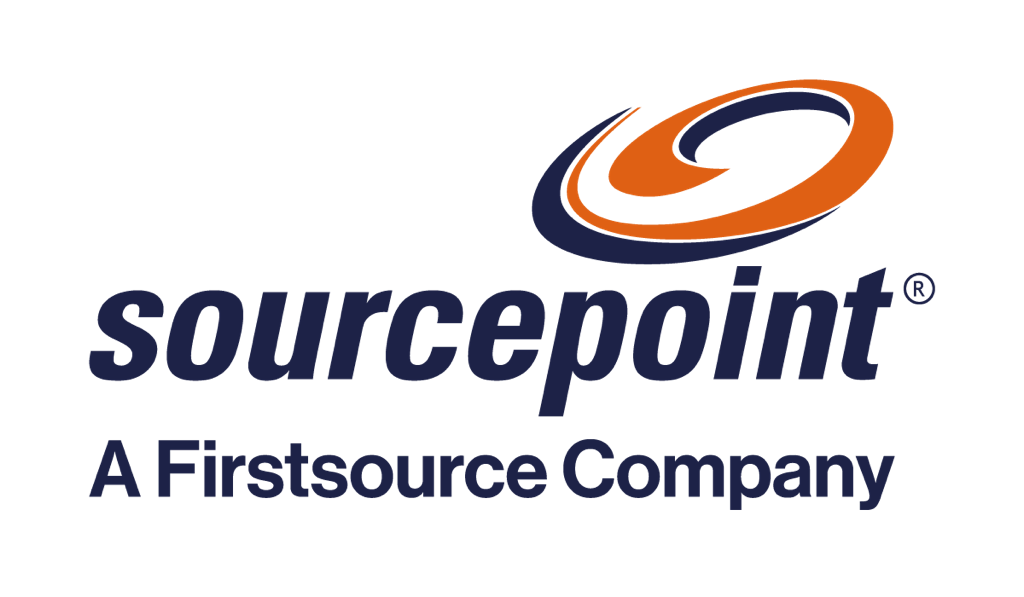As states disenroll millions of individuals from their Medicaid rolls, small and medium sized health plans with managed Medicaid plans face multiple risks. Their Medicaid members are losing access to care, many of them erroneously, with 72% of membersbeing disenrolled for procedural reasons. As many states struggle with the scale and complexity of re-enrollment after a two-year hiatus, managed Medicaid plans are likely to wind up shouldering more of the re-enrollment process. That’s an expense that the hundreds of smaller managed Medicaid payers will struggle to afford, especially when Medicaid revenues dip.
One very large national payer estimated it would lose 12.5% of its Medicaid members. For a small, 60,000-member plan, losing 7,500 of its members would be a significant financial blow. At a $250.00 PMPM rate, a 12.5% loss in members would result in a $22.5 million annual revenue hit.
Payviders, those hospitals and health systems offering health plans, will take a double blow. In addition to losing plan revenue, the provider side will see a higher percentage of self-pay patients, with lower returns and greater likelihood of write-offs.
The good news is small- and medium-sized plans can preserve Medicaid members’ access to care and protect their revenue streams by proactively reaching out to their Medicaid members, many of whom may not even realize they need to re-enroll. Here are some best practices to follow:
Prioritize re-enrollment activities based on member renewal dates.
Addressing renewal activities in batches will help keep activities manageable.
Do digital first.
Research shows 96% of Medicaid membersaccess the Internet via smartphones. Texts and email will reach more members at lower costs than mail.
Update member contact lists.
Work with RND, USPS, Lexus-Nexus, state agencies and other database providers for up-to-date contact information. Partnering with organizations that specialize in contact list enrichment is the most efficient way to ensure that mobile numbers are as recent as possible.
Partner with providers to capture data on recent patients.
Consider helping providers screen new and recent patients for Medicaid eligibility and provide re-enrollment information.
Make it easy for members to act.
Enable them to update their demographic data through online resources and web microsites 24/7. Texts and emails should include hyperlinks or QR codes leading to a state’s re-enrollment portal or the plan’s information site and/or phone number.
Be persistent and use fresh messages.
Firstsource data reveals that more than 55% of members will respond to texts vs. email. In both cases, it may still take three or more texts/emails to spark a response. Try different wording in texts and emails to avoid message fatigue. Plans can use analytics programs to track click-through rates and message effectiveness by various demographics, such as age, location, utilization history, etc.
Include voice and outbound calling.
Establish a toll-free helpline for members. Leverage HIPAA-compliant video-calling, co-browsing, screen sharing, and file-sharing tools to facilitate two-way collaboration with no download or installation required. Offer online appointment scheduling with live agent voice calls and with multiple language options.
Use state re-enrollment toolkits.
Plans can customize the language and branding in state information and messaging kits to their re-enrollment efforts.
Spread the word in the community.
Place flyers with QR codes and helpline numbers at food banks, school events, food drives, etc. Also use local media campaigns to better reach members wherever they are.
Offer guided re-enrollment.
Be ready to assist members who have not been through the re-enrollment process or who simply need more help. Plans should find out whether their agents can help non-eligible members find coverage through an ACA marketplace plan.
While CMS has required 30 states to pause redetermination effortsuntil the states fix their operational difficulties, smaller health plans should reach out to members now. Preventing gaps in coverage helps ensure continued access to care for members, and financial health for plans. Both are key to small and medium-sized plans’ continued ability to carry out population health management, meet state performance requirements and deliver excellent care.
This article is written byAnup Panthaloor,Executive Vice President – Health Plans and Healthcare Services, Firstsource, and was originally published on HealthIT Answers.










